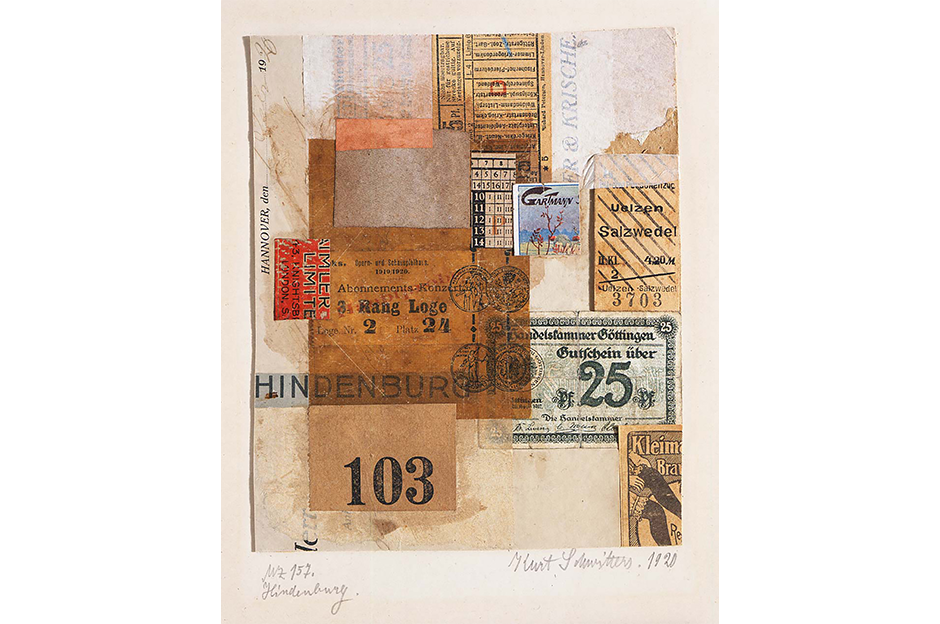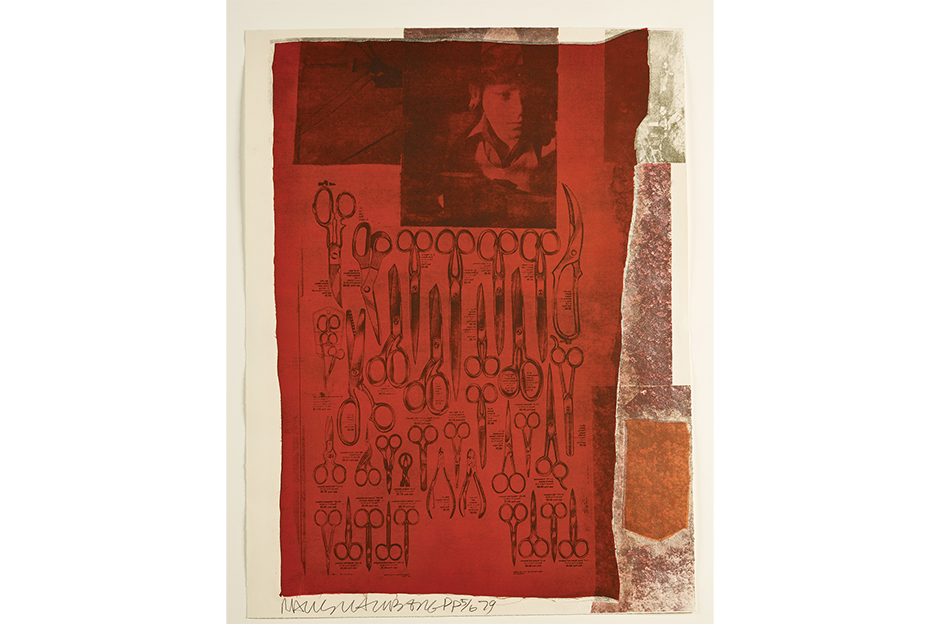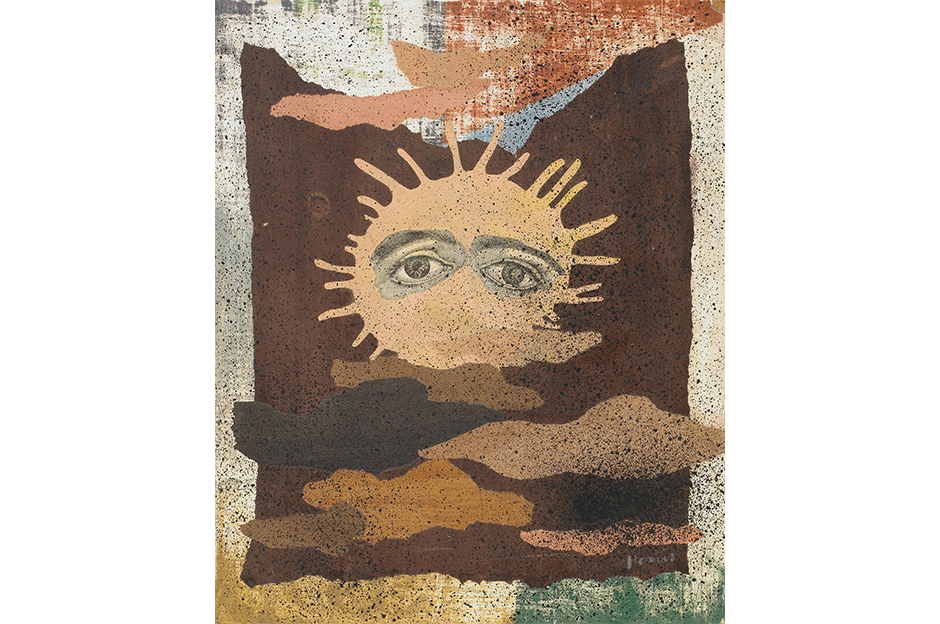Collage in all its forms is truly a modern medium. It was born of the 20th-century’s newly fast-paced life in transit—capturing a fragmented glimpse of the passing world from a speeding train or automobile, or the fading sounds heard through a car window.
The word collage is derived from the French, papier collé, or cut paper. In the early 1900s, Pablo Picasso was one of the first European artists to create evocative still-life compositions from fragments of newspapers, wallpaper, and other printed matter. Kurt Schwitters and artists inspired by Dada’s absurdist disenchantment with the mechanized world threw out old means of art-making for new ones. Schwitters called his practice “merzbau,” which are installations and collages made from ticket stubs, advertisements, packaging, and similar scraps found in daily life. Jumping forward to the 1980s, MTV took collage to a new level with its short and speedy edits, and hip-hop’s music sampling did the same in concerts, recordings, and dance parties.
Collage / Reformat / Refocus celebrates this impulse. Many of the works follow the cut-and-paste tradition of early practitioners, while others incorporate fragmented imagery within a single medium of painting or printmaking. The exhibition is a showcase for works of art in the Museum’s collection that are not regularly on view by master collagists Schwitters and Romare Bearden, as well as by John Cage, Peter Coffin, Robert Rauschenberg, and William Wegman. Of special note are paintings and collages on loan to the show by PrattMWP faculty Greg Lawler and Ken Marchione, and Remsen-based illustrator J.D. King.
See the world anew through works of art that create something fresh from something used.







